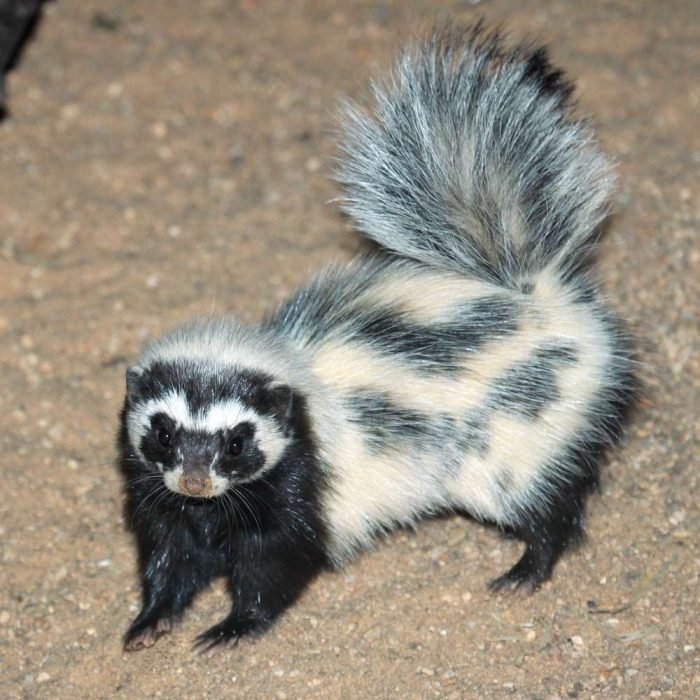White-bellied Pangolin
( tree pangolin or three-cusped pangolin )
- Phataginus tricuspis
- IUCN Status: Endangered
- Trend: decreasing

General Information
The white-bellied pangolin, also called the tree pangolin, is a nocturnal, armor-plated insectivore that inhabits Zambia’s forests, woodlands, and riverine thickets. As one of Africa’s most trafficked mammals, this elusive, scale-covered creature is a walking work of evolutionary art—and a tragic symbol of the illegal wildlife trade.
It is also known as the white bellied pangolin due to the white fur it has on its underbelly and is much smaller tree dwelling pangolin as compared to the much larger ground pangolin.
Description
Phataginus tricuspis is a relatively small pangolin. The head is small, and the snout is elongated. The feet are short, and each foot has five long curved claws. It also has a white underbelly of fur and a much longer and prehensile tail which is used to hang on to trees.
Fun Facts
The white-bellied pangolin’s scales, made of keratin, make up 20% of its body weight.
They Lack teeth but have a 60 cm sticky tongue that slurps up 70,000 insects every night.
They Spray a putrid musk (like a skunk) from glands near the anus.
In Bemba tradition, harming one is said to bring curses and drought. They are the most illegally trafficked wild mammal in the world.
Ecology & Behaviour
The tree pangolin eats insects such as ants and termites from their nests, or the armies of insects moving on the trees. It relies on its thick skin for protection, and digs into burrows with its long, clawed forefeet. It eats between 150 g to 200 g of insects a day.
The tree pangolin can walk on all fours or on its hind legs using its prehensile tail for balance. It can climb up trees in the absence of branches. When walking on all fours, it walks on its front knuckles with its claws tucked underneath to protect them from wearing down. Its anal scent glands disperse a foul secretion much like a skunk when threatened. It has a well-developed sense of smell, but as a nocturnal animal, it has poor eyesight. When threatened they roll up into a ball and make aggressive huff noise when threatened, but that is the extent of her noise-making.
Distribution & Habitat
The White-bellied Pangolin is found in North Western, copperbelt and central provinces in Zambia and more in West and Central Africa or the equatorial belt of Africa.
Diet
The tree pangolin eats insects such as ants and termites from their nests, or the armies of insects moving on the trees. It relies on its thick skin for protection, and digs into burrows with its long, clawed forefeet. It eats between 150 g to 200 g of insects a day.
The tree pangolin can walk on all fours or on its hind legs using its prehensile tail for balance. It can climb up trees in the absence of branches. When walking on all fours, it walks on its front knuckles with its claws tucked underneath to protect them from wearing down. Its anal scent glands disperse a foul secretion much like a skunk when threatened. It has a well-developed sense of smell, but as a nocturnal animal, it has poor eyesight. When threatened they roll up into a ball and make aggressive huff noise when threatened, but that is the extent of her noise-making.
Reproduction
The tree pangolin eats insects such as ants and termites from their nests, or the armies of insects moving on the trees. It relies on its thick skin for protection, and digs into burrows with its long, clawed forefeet. It eats between 150 g to 200 g of insects a day.
The tree pangolin can walk on all fours or on its hind legs using its prehensile tail for balance. It can climb up trees in the absence of branches. When walking on all fours, it walks on its front knuckles with its claws tucked underneath to protect them from wearing down. Its anal scent glands disperse a foul secretion much like a skunk when threatened. It has a well-developed sense of smell, but as a nocturnal animal, it has poor eyesight. When threatened they roll up into a ball and make aggressive huff noise when threatened, but that is the extent of her noise-making.
Conservation
As of 2019 its status was elevated and listed as, “Endangered” by the International Union For the Conservation of Nature.
Interaction with Humans
The tree pangolin is subject to widespread and often intensive exploitation for bushmeat and traditional medicine, and is by far the most common of the pangolins found in African bushmeat markets.
References
Share:
- Kingdom: Animalia
- Phylum: Chordata
- Class: Mammalia
- Order: Pholidota
- Family: Manidae
- Genus: Phataginus
- Length: 33–43 cm
- Tail Length: 49–62 cm












